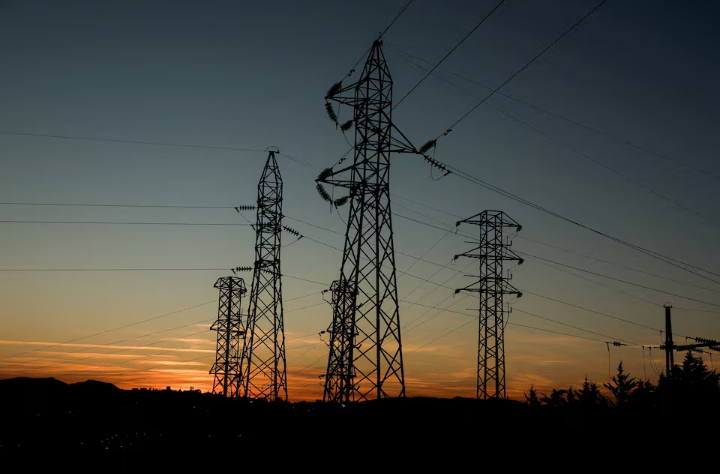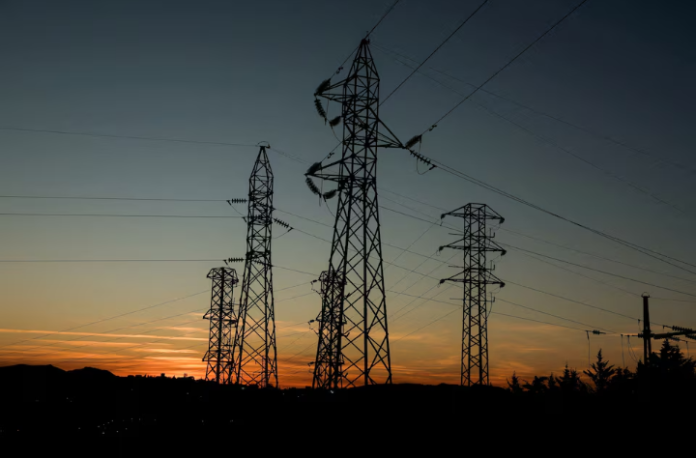Spain experienced one of its most disruptive power outages in modern history on April 28, 2025—a blackout that plunged cities into darkness, halted transport, and brought daily life to a standstill. While the incident stunned citizens and businesses alike, experts say the signs were there all along.
In the week leading up to the nationwide outage, Spain’s power grid experienced several alarming disruptions. On April 22, for instance, a power surge knocked out railway signals and left at least 10 high-speed trains stranded near Madrid. On the same day, Repsol’s Cartagena refinery was hit by power instability, interrupting its operations.
These weren’t isolated incidents. According to Antonio Turiel, a senior researcher at the Spanish National Research Council, the national grid had been under significant stress for days before the full-scale blackout. “The system was showing clear signs of imbalance,” he explained.
Spain’s government has launched multiple investigations, involving security agencies and technical experts, to determine the root cause of the outage. A high court judge is also probing the possibility of a cyberattack. However, many in the energy sector are pointing to a more systemic issue: the country’s rapid shift toward renewable energy.
Spain has made impressive progress in embracing solar and wind power, reaching record levels in renewable energy generation. However, this green energy boom has outpaced the development of necessary grid infrastructure. According to reports by Spain’s national grid operator REE and the European power grid body ENTSO-E, this imbalance is a recipe for instability.
The challenge lies in how solar and wind power behave differently from traditional energy sources. Solar farms, for example, produce direct current (DC) electricity, which must be converted to alternating current (AC) before it can be fed into the national grid. These conversions require careful coordination—especially when solar generation dips suddenly and backup AC power is unavailable. Without a steady frequency, the grid can collapse.
To make matters worse, Spain is phasing out its nuclear power plants. The Almaraz nuclear facility in southwestern Spain is set to close two reactors starting in 2027. Just days before the blackout, one of the units had already been taken offline due to an oversupply of wind power, which made continued operations economically unviable.

Energy consultant Carlos Cagigal warned that the closure of nuclear, coal, and gas plants has reduced the grid’s ability to stay balanced. “Without these traditional sources providing a stable base load, we’re operating on a knife’s edge,” he said.
Despite official reassurances from Prime Minister Pedro Sanchez and REE’s chief Beatriz Corredor that renewables were not to blame, earlier reports from REE admitted that small-scale renewable generators were placing additional pressure on the grid. The lack of real-time data from these smaller players further complicates grid management.
The economic fallout was immediate. Spain’s main business lobby estimated that the blackout cost the economy around 1.6 billion euros ($1.82 billion), roughly 0.1% of its GDP. In a world racing toward green energy, Spain’s experience serves as a stark reminder: without proper infrastructure and planning, even the cleanest energy can come with a hefty price.



